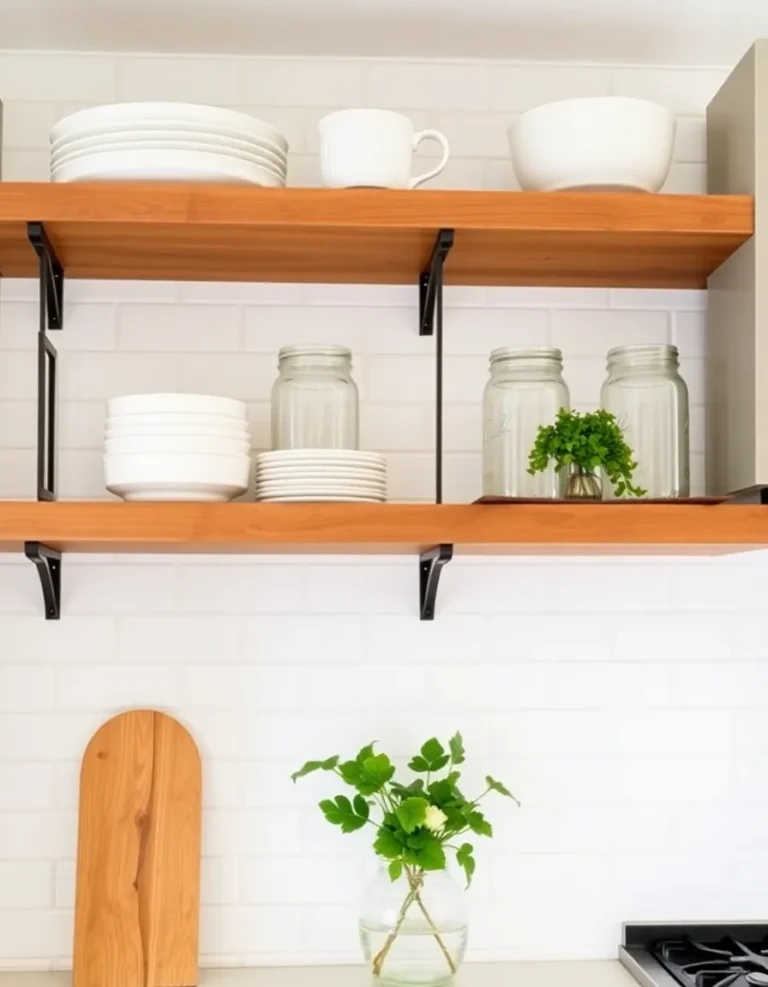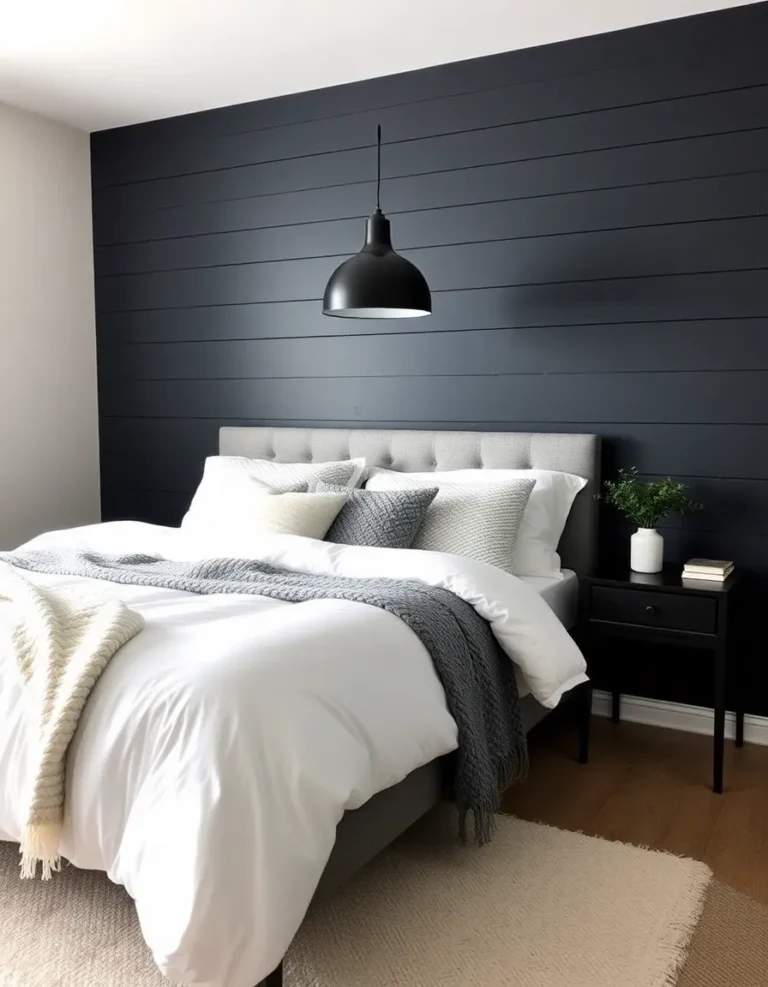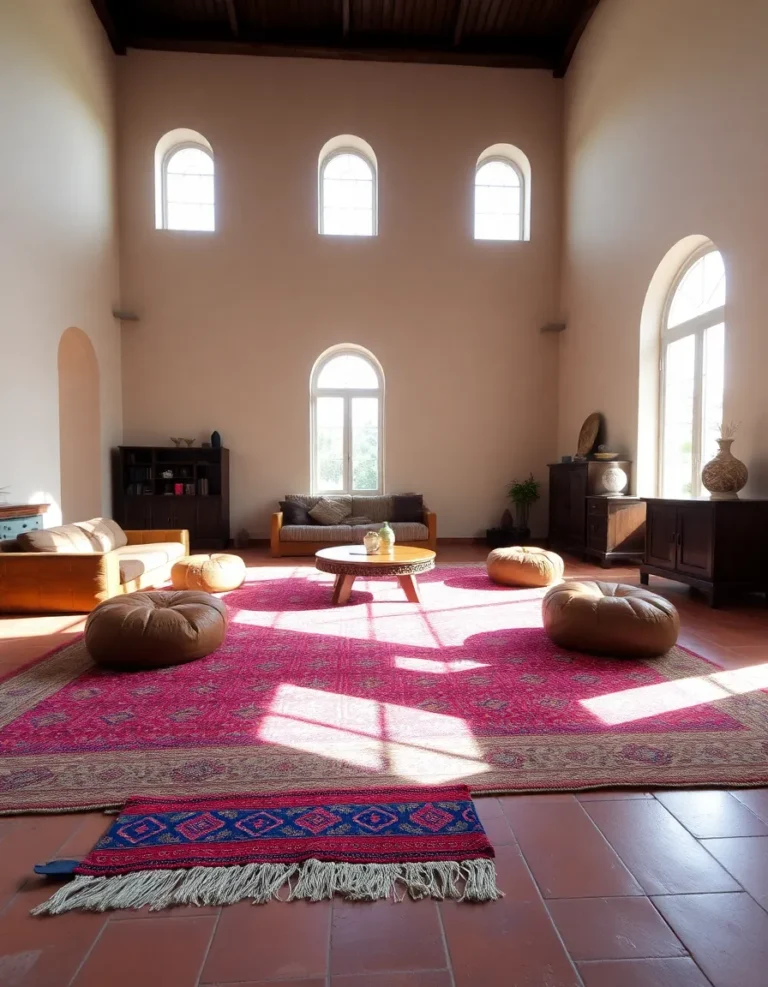How to Add Texture and Warmth Without Losing Minimalism
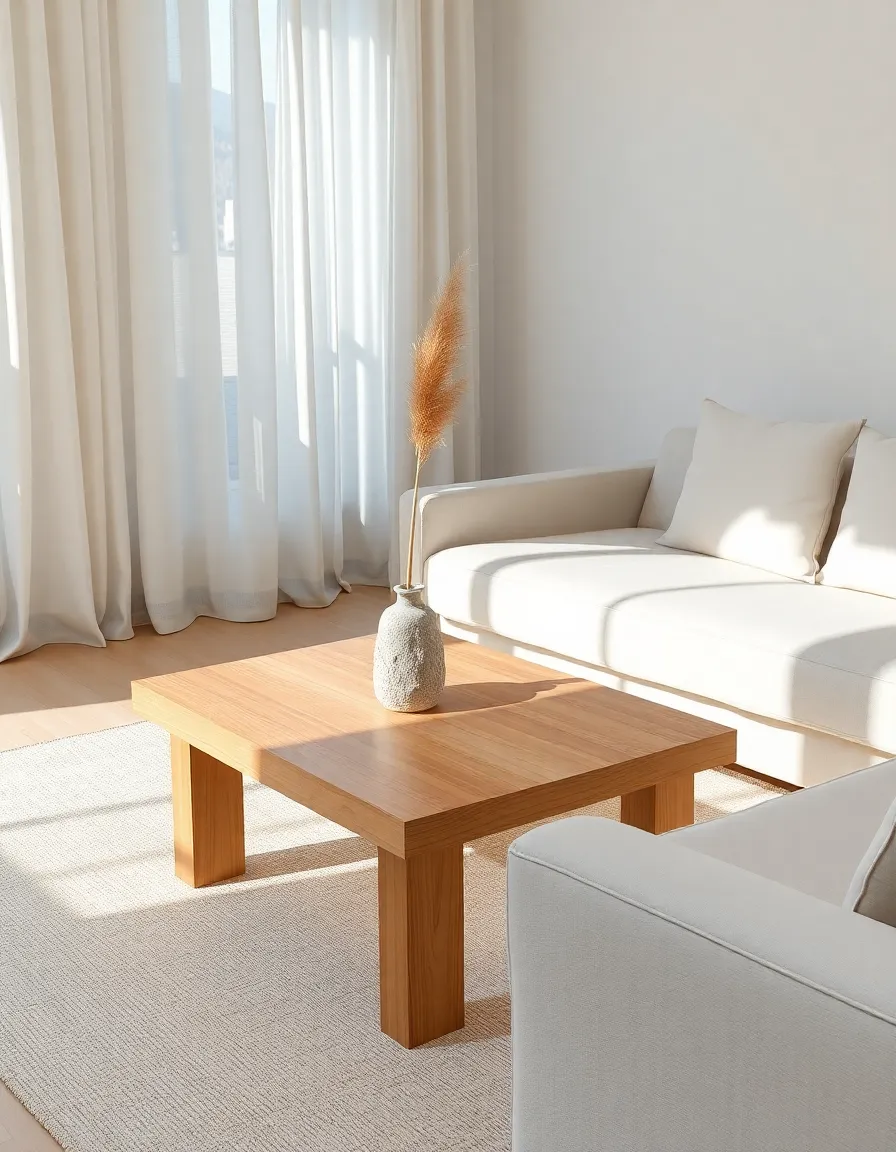
Hey there, fellow design lover! If you’re anything like me, you adore the crisp, clean lines of minimalism but sometimes find yourself craving a little more warmth and texture. You know, that cozy, lived-in feel without sacrificing the sleek simplicity you’ve worked so hard to achieve. It’s a tricky balance, right? Too much texture, and suddenly your space feels cluttered. Too little, and it’s like living in a sterile showroom—no offense to showrooms, but who wants to feel like they’re permanently on display?
I’ve been there, wrestling with throw pillows and debating whether a single wooden bowl counts as “too much.” But over time, I’ve picked up a few tricks to add depth and warmth while keeping things effortlessly minimal. And guess what? You don’t need to sacrifice your aesthetic to make your space feel inviting. Let’s dive into how you can nail that perfect balance—because, let’s be real, your home should feel like your home, not a Pinterest board that’s afraid to breathe.
So, grab your favorite drink (mine’s an oat milk latte, because I’m basic like that), and let’s get into it. By the end of this, you’ll have all the tools to make your minimalist space feel warm, textured, and—most importantly—lived-in.
1. Start with Natural Materials
Nothing adds warmth and texture quite like natural materials. Think wood, stone, linen, or even rattan. These elements bring an organic, earthy feel without overwhelming your space. The key? Stick to one or two materials to keep things cohesive. A wooden coffee table or a stone vase can instantly soften a minimalist room while maintaining that clean aesthetic.
I once swapped out a glossy white side table for a simple oak one, and the difference was insane. Suddenly, my living room felt warmer, more grounded—like it had a soul. And the best part? It didn’t add any visual clutter. Just pure, understated texture.
Pro tip: If you’re worried about going overboard, start small. A wooden tray on your coffee table or a linen throw draped over your sofa can make a huge impact without screaming, “Look at me!”
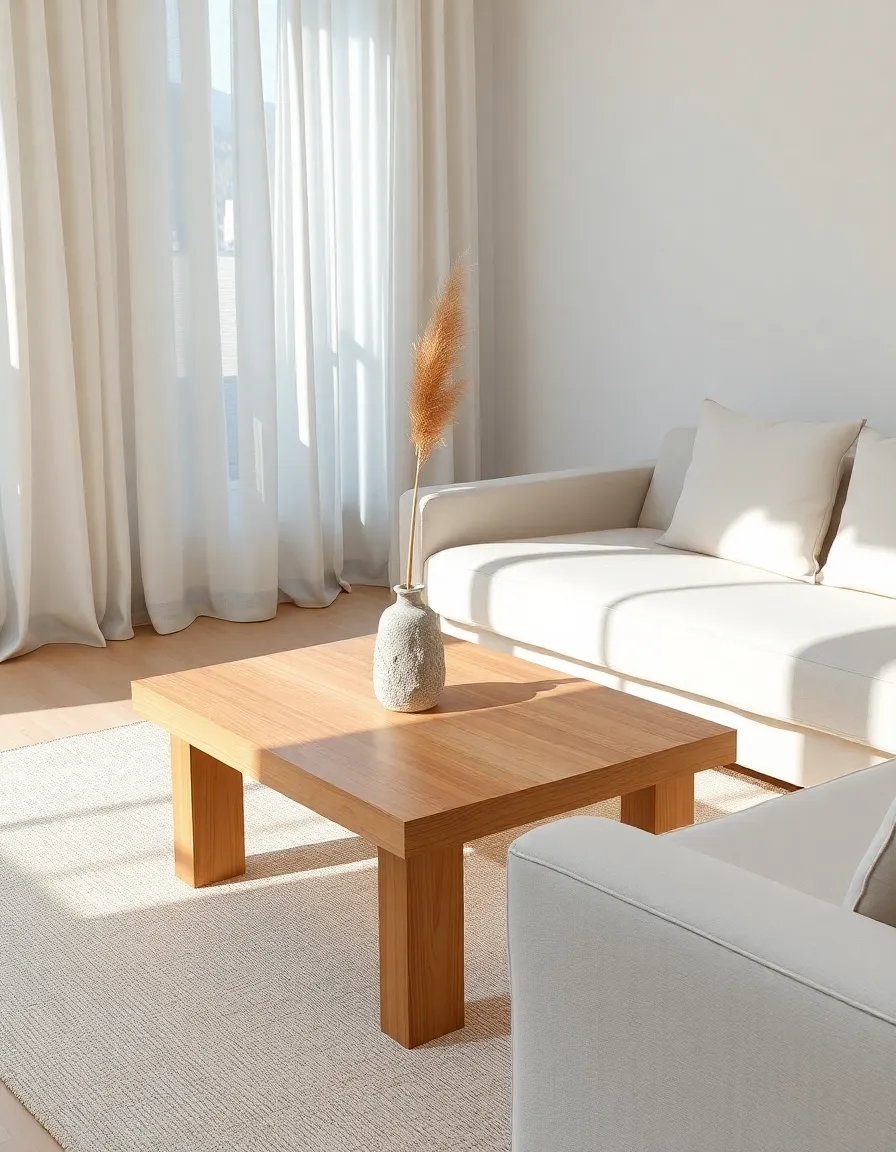
2. Layer Textiles Strategically
Textiles are your secret weapon for adding warmth without chaos. But here’s the thing—minimalism means being picky. No piling on every throw blanket you own (tempting, I know). Instead, focus on quality over quantity.
A chunky knit throw in a neutral tone, a linen duvet cover, or a subtly textured rug can add depth without overwhelming the space. I’m a huge fan of layering a thin, neutral rug over a larger jute one. It adds dimension while keeping things airy and uncluttered.
And let’s talk about curtains. Sheer, linen curtains soften harsh lines and filter light beautifully, making a room feel instantly cozier. Just avoid heavy, patterned drapes unless you want your minimalist vibe to vanish faster than my motivation to fold laundry.
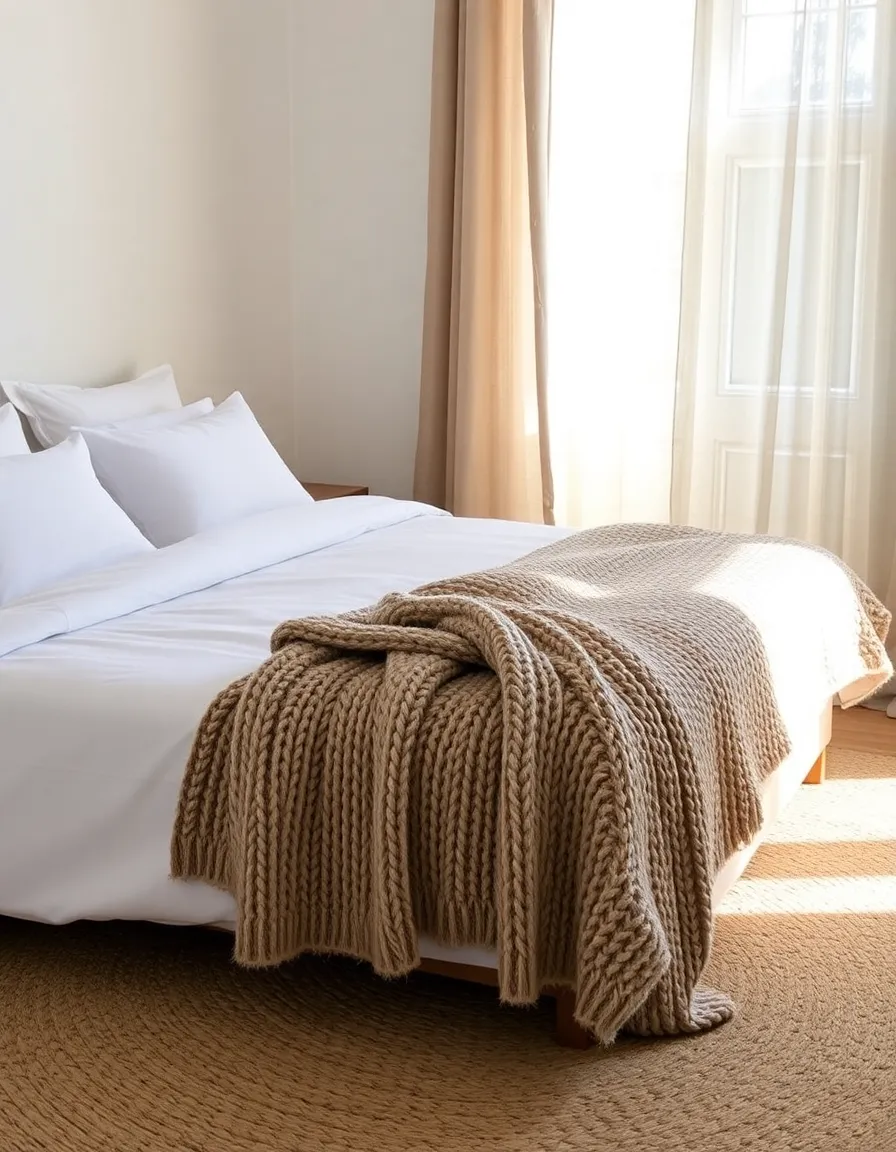
3. Play with Subtle Patterns
Patterns? In minimalism? Hear me out. You don’t need to go full-on maximalist to incorporate a little visual interest. The trick is choosing patterns that are subtle—think tone-on-tone textures, small geometric prints, or organic imperfections like raw-edged ceramics.
I once added a single pillow with a barely-there grid pattern to my sofa, and it made the whole space feel more dynamic without screaming for attention. The key is restraint. One patterned piece per room is usually enough to keep things interesting without veering into busy territory.
FYI, if you’re nervous, start with textiles or decor items you can easily swap out. That way, if it feels like too much, you can ditch it without committing to a full redesign.
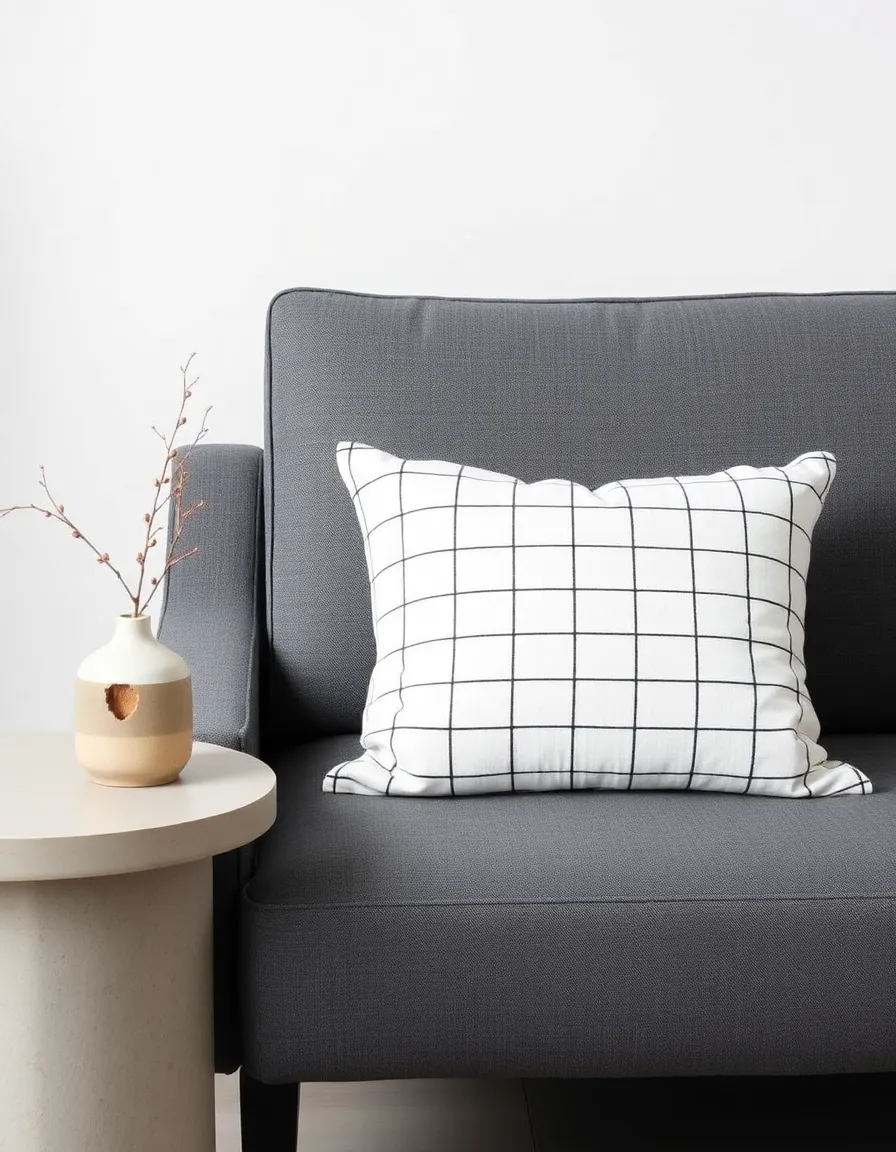
4. Embrace Imperfections
Minimalism doesn’t mean perfection. In fact, some of the coziest minimalist spaces have a hint of imperfection—a slightly uneven handmade mug, a vase with visible brushstrokes, or a rug with natural variations in dye. These little quirks add warmth and personality without clutter.
I used to stress over every little flaw in my decor until I realized that those imperfections are what make a space feel lived-in. Now, I actively seek out handmade or slightly irregular pieces because they bring soul to an otherwise pristine room.
So next time you’re shopping, skip the mass-produced, factory-perfect items and opt for something with a little character. Your space will thank you.
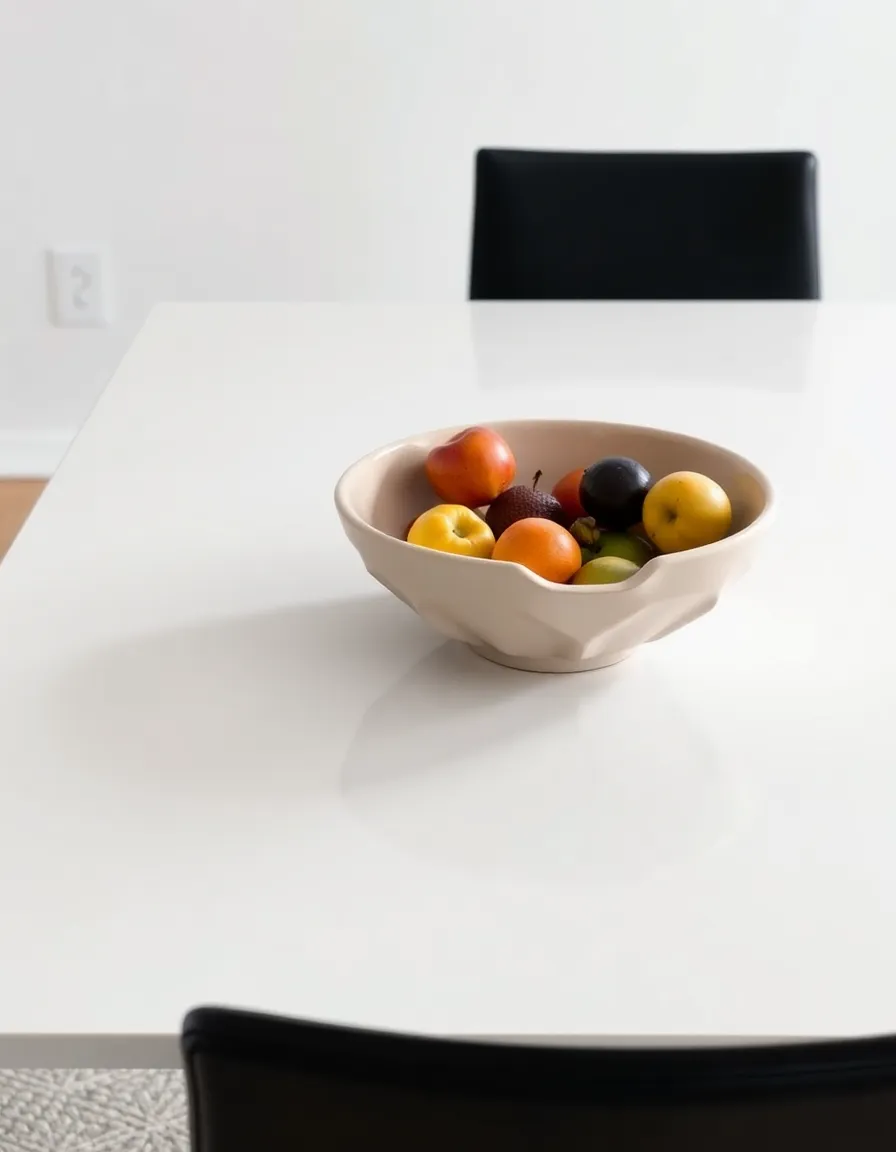
5. Use Warm Lighting
Lighting can make or break a minimalist space. Harsh, cool-toned lights will make even the coziest room feel like a dentist’s office. Instead, opt for warm, layered lighting to create a soft, inviting glow.
Here’s my go-to lighting formula:
- Overhead: A simple pendant or flush mount with warm bulbs (2700K-3000K).
- Task: A small table lamp with a linen or paper shade.
- Ambient: A floor lamp or wall sconce for extra warmth in the evenings.
I swapped my old, icy LED bulbs for warmer ones, and the difference was night and day (pun intended). Suddenly, my minimalist space felt like a cozy retreat instead of a sterile lab.
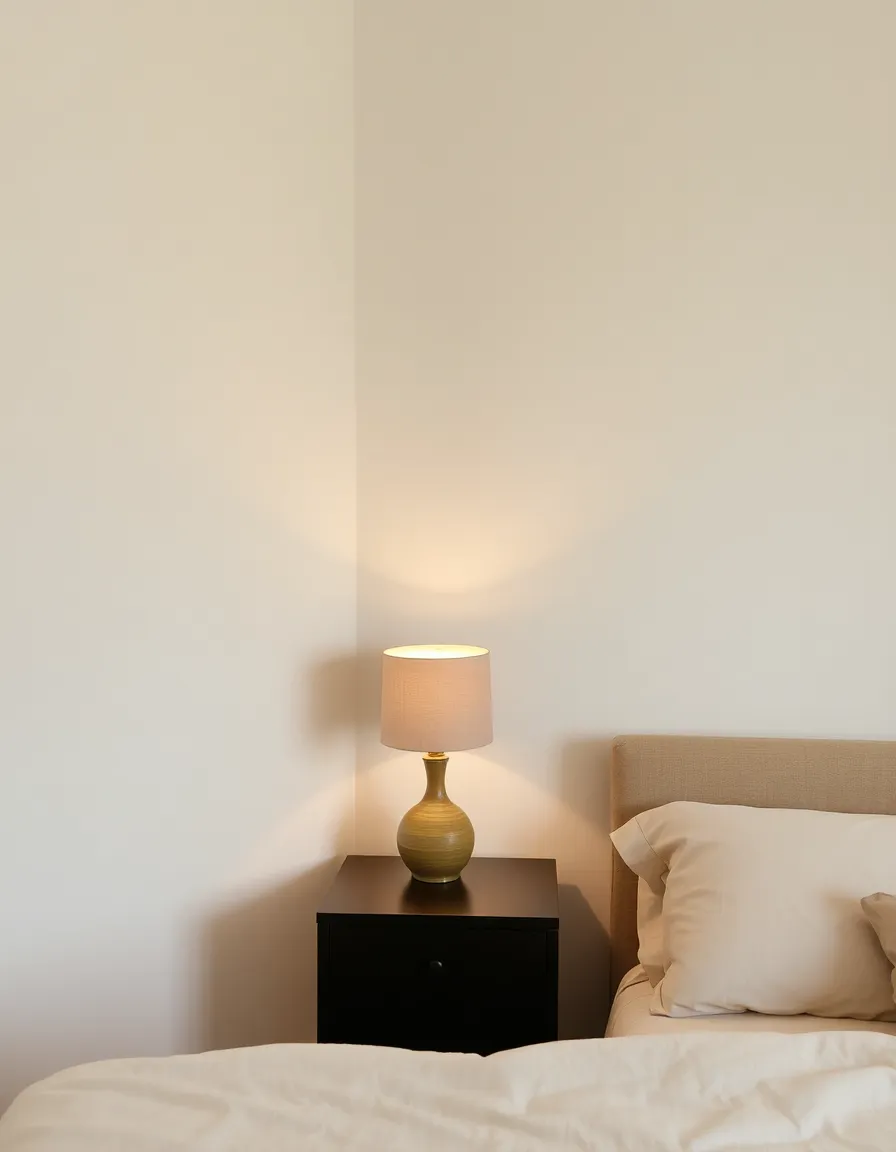
6. Add a Single Statement Piece
You don’t need a ton of decor to add texture—sometimes, one bold piece does the trick. A sculptural chair, a woven wall hanging, or even a textured art print can anchor a room and give it depth without overwhelming the simplicity.
I once added a single, oversized rattan pendant light above my dining table, and it transformed the whole room. The texture of the rattan added warmth, while the clean lines kept it feeling minimalist. Plus, it became an instant conversation starter—bonus points for impressing your guests.
Just remember: when it comes to statement pieces, less is more. One is enough. Two is pushing it. Three? Now you’re just showing off.
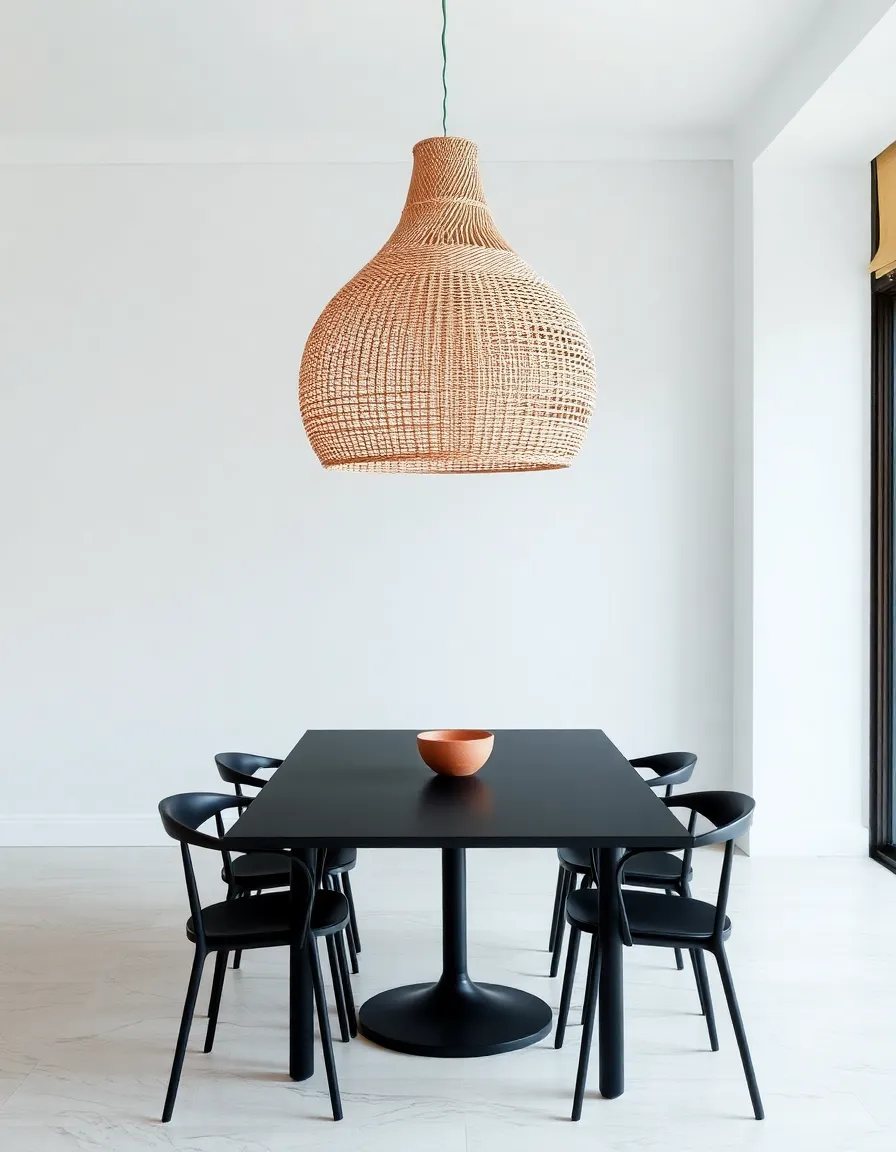
And there you have it—six ways to add texture and warmth to your minimalist space without losing that clean, uncluttered vibe. The best part? You don’t need to overhaul your entire home. Start small, experiment, and see what feels right for you. After all, design should be fun, not stressful.
So go ahead, toss that chunky knit throw on your sofa, swap out that sterile vase for something handmade, and let your space breathe. Because minimalism isn’t about perfection—it’s about creating a home that feels as good as it looks. And if anyone tells you your single wooden bowl is “too much,” just smile and remind them that you live there, not them. 🙂

